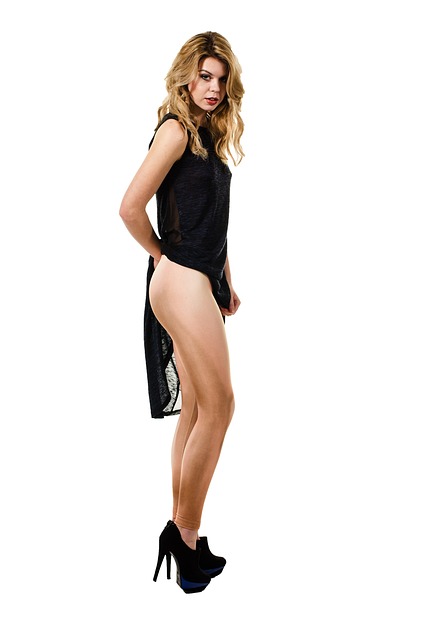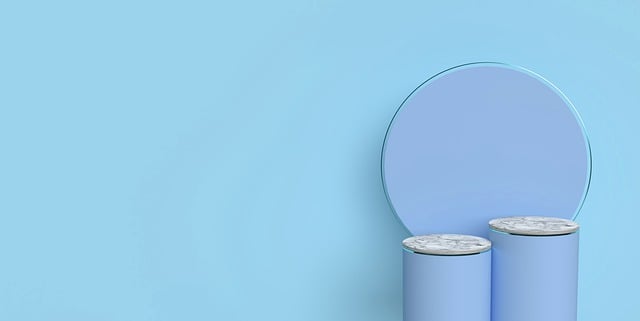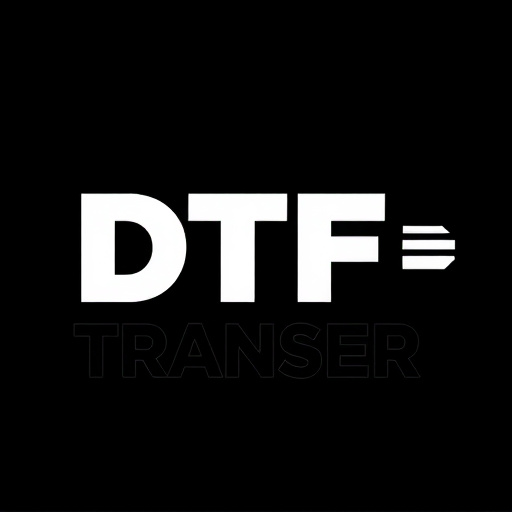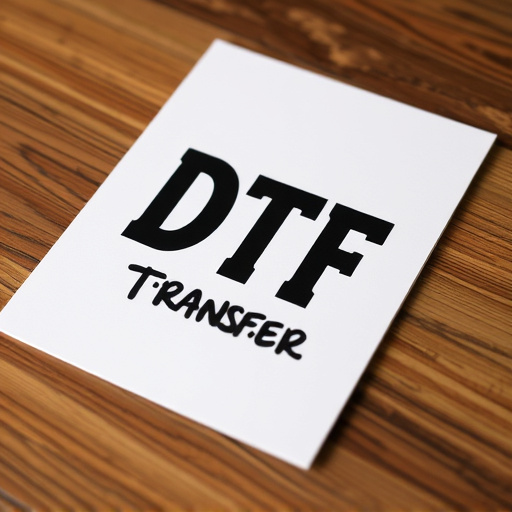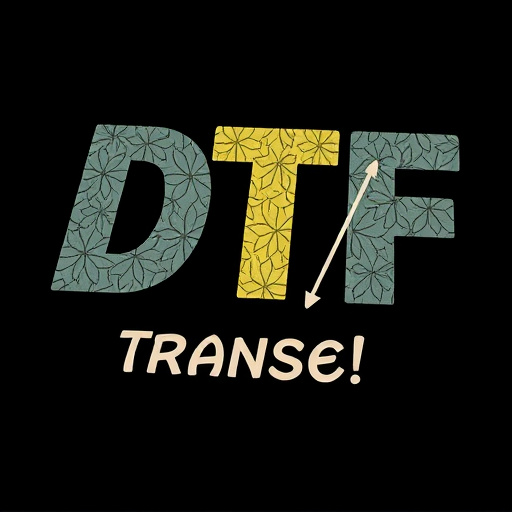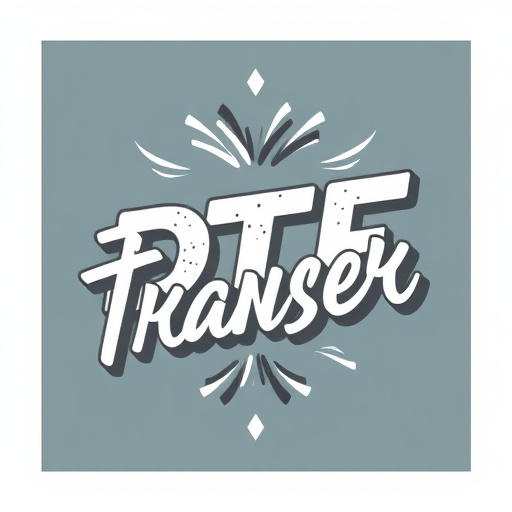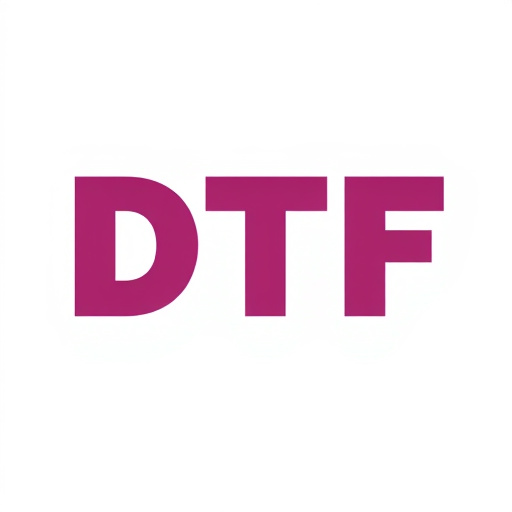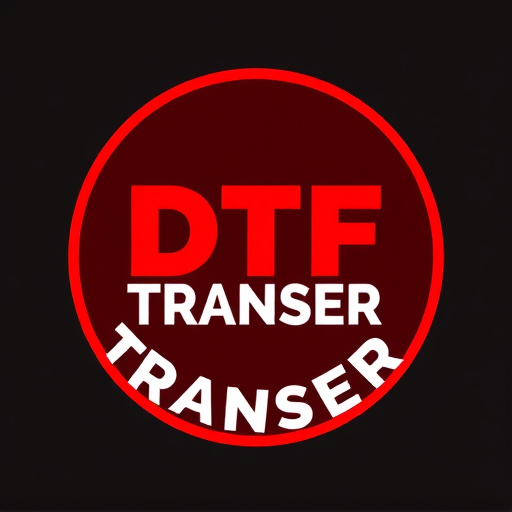Direct-to-film (DTF) technology is revolutionizing printing with its innovative approach to vibrant, multi-colored designs. Offering unparalleled durability, precise color reproduction, and quick turnaround times on a wide range of materials, DTF is ideal for custom apparel, signage, and promotional items. By eliminating complex set-ups, DTF streamlines production, enhances longevity, and opens creative possibilities. Choosing the right materials and following best practices ensures high-quality DTF transfers and prints. Across fashion, promotional products, and signage, DTF's versatility and efficiency make it a preferred printing solution.
Discover the vibrant world of multi-colored designs brought to life through Direct-to-Film (DTF) technology. This innovative printing method is revolutionizing various industries, from fashion to signage. In this comprehensive guide, we explore DTF transfer’s unique benefits for creating bold, eye-catching prints. Learn about the latest techniques, essential materials, and common pitfalls to avoid. Uncover real-world applications that demonstrate the power of DTF in enhancing visual appeal and boosting brand impact.
- Understanding Direct-to-Film (DTF) Technology: A Brief Overview
- The Benefits of DTF Transfer for Multi-Colored Designs
- Unlocking Creativity: Techniques for Vibrant DTF Prints
- Choosing the Right Materials for Optimal DTF Results
- Common Mistakes to Avoid in DTF Printing
- Real-World Applications of DTF Transfer Technology
Understanding Direct-to-Film (DTF) Technology: A Brief Overview
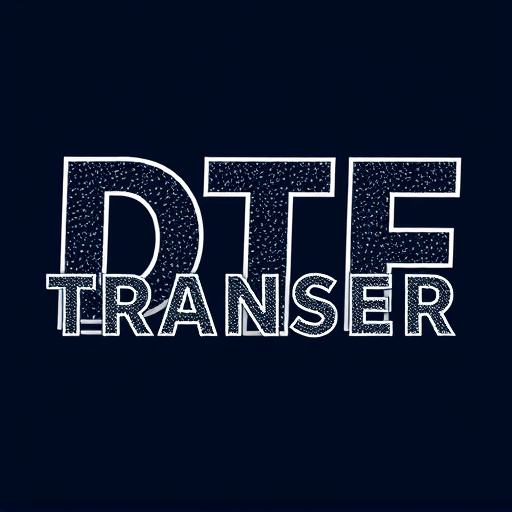
Direct-to-film (DTF) technology has revolutionized the way we create vibrant, multi-colored designs on a variety of surfaces. Unlike traditional printing methods that rely on intermediate steps and materials, DTF transfers prints directly onto films or other substrates using advanced digital technology. This innovative process begins with high-resolution imaging, allowing for intricate details and precise color reproduction. The digitally printed film is then cured using UV light, ensuring long-lasting durability and vibrant colors.
DTF offers several advantages, particularly for businesses focusing on custom apparel, signage, and promotional items. It enables quick turnaround times, making it ideal for urgent orders. Moreover, DTF printing accommodates a wide range of materials, from fabric to plastic and metal, expanding the possibilities for creative applications. This versatility, coupled with the ability to produce sharp, eye-catching prints, makes DTF technology a game-changer in the print industry, delivering both quality and efficiency.
The Benefits of DTF Transfer for Multi-Colored Designs
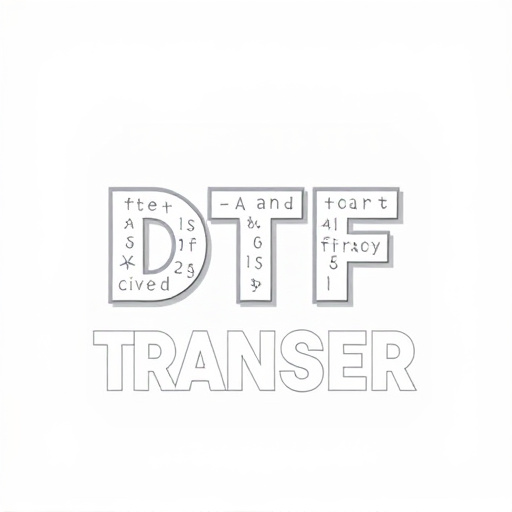
The Direct-to-Film (DTF) transfer process offers a multitude of advantages for creating vibrant, multi-colored designs on various substrates. One of its key benefits is the ability to produce intricate and detailed prints with exceptional color accuracy. DTF technology allows for the application of multiple colors in a single pass, eliminating the need for complex set-up or masking procedures often associated with traditional printing methods. This streamlined approach significantly reduces production time and costs, making it an attractive option for businesses seeking efficient, high-quality print solutions.
Additionally, DTF transfers provide superior durability and longevity for printed designs. The direct application of ink onto the substrate ensures a strong bond, resulting in prints that are resistant to fading, cracking, or peeling over time. This makes DTF ideal for creating long-lasting decorations on items like clothing, accessories, and promotional products, ensuring they maintain their vibrancy and appeal even under rigorous use or exposure to outdoor elements.
Unlocking Creativity: Techniques for Vibrant DTF Prints
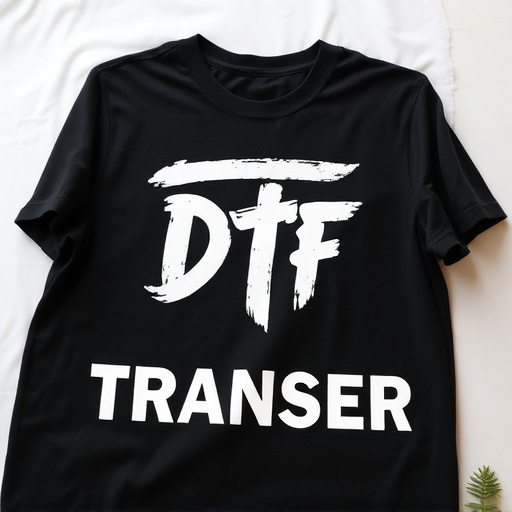
Direct-to-film (DTF) technology opens up a world of creative possibilities for designers and artists looking to bring their visions to life in vibrant, multi-colored prints. By bypassing traditional printing methods, DTF transfers allow for direct application of complex designs onto various surfaces, from fabric to metal. This innovative approach streamlines the production process, enabling the creation of intricate patterns and eye-catching visuals with exceptional clarity and durability.
Unleashing creativity involves experimenting with different techniques within DTF printing. Designers can play with color combinations, blending vibrant hues or creating subtle gradients for a unique aesthetic. Layering is another powerful tool; superimposing multiple DTF transfers adds depth and dimension to designs. Additionally, combining DTF with other print technologies expands the creative palette, allowing for mixed media effects that capture attention and leave lasting impressions.
Choosing the Right Materials for Optimal DTF Results

When it comes to vibrant multi-colored designs using direct-to-film (DTF) technology, selecting the right materials is paramount for achieving optimal results. The DTF transfer process requires specific substrates that can handle the application of inks and withstand subsequent heat treatments. For exceptional DTF prints, choose high-quality films or inks designed explicitly for this technique. These materials ensure superior color vibrancy, durability, and adhesion, resulting in visually appealing DTF transfers.
The substrate’s composition, thickness, and smoothness play significant roles in the final quality of DTF prints. Opt for flexible vinyls or polyurethanes that offer the right balance between conformability and strength. Additionally, ensure the material is compatible with your chosen DTF printing method to guarantee a seamless and precise transfer of designs. Using the appropriate materials significantly enhances the overall aesthetics and longevity of DTF prints, making them suitable for various applications from signage to apparel.
Common Mistakes to Avoid in DTF Printing
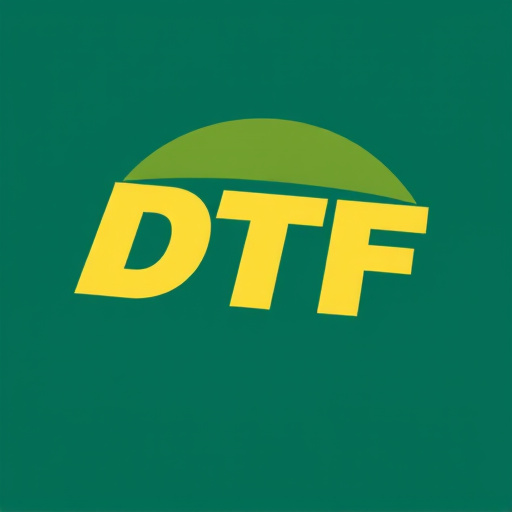
When it comes to vibrant multi-colored designs using direct-to-film (DTF) technology, there are several common mistakes that creators and printers should avoid to ensure optimal results. One of the primary errors is using low-quality inks or not choosing the right type of film for the job. Inks that aren’t specifically designed for DTF printing may result in poor color reproduction, fading, or uneven application. Similarly, selecting a film that isn’t compatible with your printer or application method can lead to misprints, bubbles, or other defects in the final DTF transfer.
Another frequent issue is neglecting preparation and cleanup. Surfaces that aren’t properly cleaned or primed can cause issues with adhesion, leading to flakes or blisters under the DTF prints. Furthermore, failing to pre-test your design on a small scale before full production can result in costly mistakes, as you might discover compatibility problems, color mismatches, or unintended effects only after investing significant time and resources. Always perform test prints and carefully inspect them for any issues before proceeding with larger runs.
Real-World Applications of DTF Transfer Technology
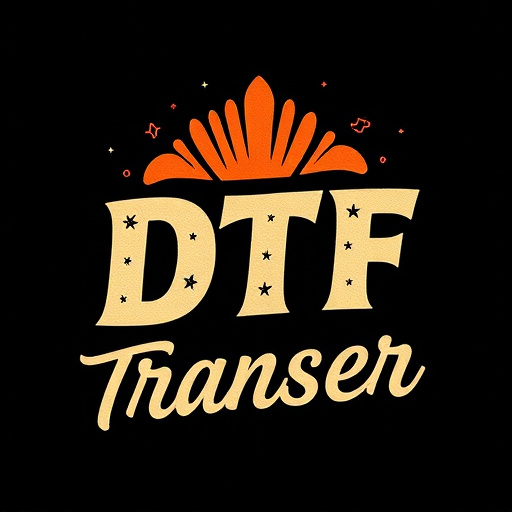
The Direct-to-Film (DTF) transfer technology has found its place in various real-world applications, revolutionizing the way we create and apply prints. From apparel and accessories to signage and decorative items, DTF offers an efficient and versatile printing solution. This technology enables the direct application of intricate designs onto a wide range of materials, including textiles, plastics, and metals, without the need for complex set-up processes or specialized equipment.
In the fashion industry, DTF printing has gained popularity for creating unique, personalized garments and accessories. It allows designers to bring vibrant multi-colored designs to life with precision and speed. Additionally, DTF is widely used in the production of promotional products, such as mugs, phone cases, and stickers, where high-quality, custom prints are demanded. In the signage sector, DTF technology facilitates the rapid creation of eye-catching displays and billboards, making it an ideal choice for businesses seeking dynamic visual solutions.
